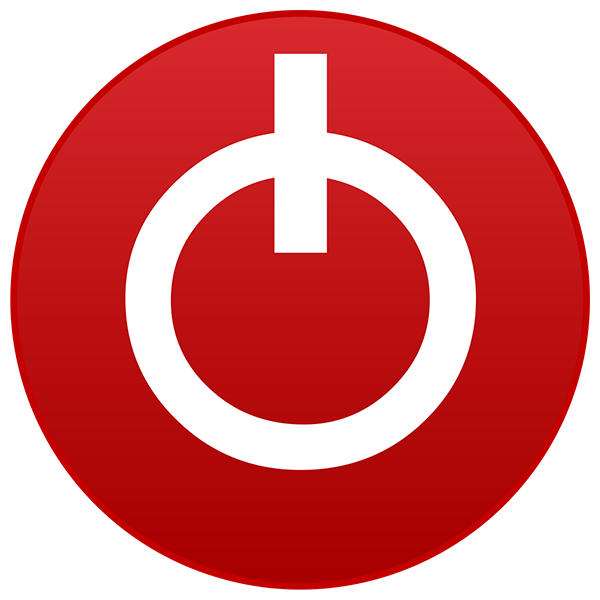Ok, the game drive is an OEM Intel Optane H10, pulled out of an Asus laptop. It has had maybe 150GB written before becoming game drive? 2 Windows Installs and assorted software install.
Click to enlarge.
View attachment 257725
I have installed the following on this drive.
Steam
Epic Games Store
2K launcher
Amazon Games Launcher
Ubisoft Connect
Gameloop (emulator)
Bioshock Remastered
PUBG
Prey
XCOM 2
Assassin's Creed: Origins + Curse of the Pharaohs DLC
Wolfenstein: The New Order
Crusader Kings 2
Just Die Already
Magic The Gathering Arena
Borderlands 3
Heroes and Generals WW2
Age of Conquest 4
Jedi Knight 2: Jedi Outcast
Jedi Knight: Jedi Academy
All of those have been deleted except XCOM 2, PUBG, AC: Origins, Jedi Knight 2: Jedi Outcast, and Age of Conquest 4. I can't be arsed to figure out how much each game is, but you can if you like.




